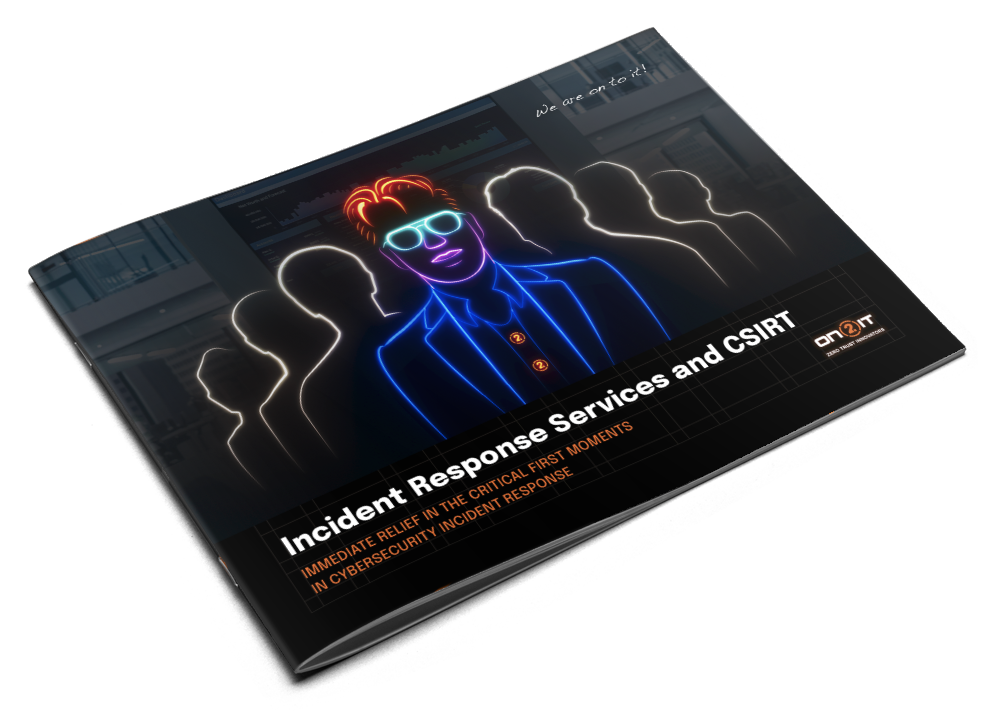Adopting a transformative cybersecurity strategy can redefine business success. While the current adoption rate or Zero Trust – a transformative cybersecurity strategy – among large enterprises is just 1% as of January 2023, Gartner projects a growth to 10% by 2026.

This anticipated increase indicates significant progress, but is a 10% adoption rate realistic considering the current pace? The journey towards this strategic evolution presents both opportunities and challenges that businesses must navigate to stay ahead.
Despite receiving high-profile endorsements from the U.S. government and National Cybersecurity Centers worldwide, the adoption rate of this transformative strategy raises intriguing questions. Why has such a vital approach seen such a slow uptake? What are the barriers preventing its widespread implementation?
Let’s take a closer look at the adoption of this strategic approach and explore why a concept so crucial to modern business security isn’t being embraced as rapidly as expected.
A victim of its own success
When your organization is in the middle of facing a cyber attack, a focus on cybersecurity sounds like the most logical thing in the world. We’re in danger, we need to protect ourselves – that’s when we need good cybersecurity. But what about when there’s no apparent threat looming on the horizon? Do you breathe a sigh of relief and assume you’re safe?
As cybersecurity measures improve and threats are thwarted, the absence of visible attacks can lull decision-makers into a false sense of security. It’s a classic case of “out of sight, out of mind.”
Which is ill-advised at best and dangerous at worst, as cybersecurity threats are on the rise, and are ever-evolving. If you’re not dealing with any pressing issues at the moment, all that likely means is that your cybersecurity measures are working as intended. The irony being that the lack of immediate threats makes it seem like the opposite is true. Consequently, investing time, resources, and effort into bolstering defenses may seem less urgent when threats seem taken care of.
Which is likely at least part of the reason why a recent EU study shows that a lot of organizations don’t prioritize cybersecurity.

No escaping reality
The harsh truth is that it’s only a matter of time before you become a target. Just because your organization hasn’t been targeted yet doesn’t mean it won’t be in the future. In fact, the longer you remain complacent, the more vulnerable you become. Cybercriminals thrive on exploiting weaknesses, whether real or perceived, and they’re not ones to discriminate based on the size or industry of their target.
They’re also more than happy to take advantage of your complacency.
So, how does one prepare for the inevitable and avoid the trap of complacency? And how does one prove to a board of directors that the investment in cybersecurity is actually worth it, despite it seeming like there’s very little to show for it?
Proactive and reactive
To answer the above questions, it’s essential to acknowledge the dual nature of cybersecurity: it is both proactive and reactive. Whilst a focus on prevention is crucial to protect against potential threats, it’s equally vital to show and prove that the cybersecurity measures in place actually function in the face of an immenent threat.
Identifying potential vulnerabilities and simulating cyber attacks lets organizations quantify the potential impact of an attack and demonstrates the tangible benefits of robust cybersecurity measures.
Ultimately, to make sure cybersecurity doesn’t remain a victim of its own success, it’s important to realize that you can’t measure good cybersecurity just by the absence of visible threats.
Is 10% a realistic prediction?
While Gartner’s prediction of a 10% Zero Trust adoption rate by 2026 might seem ambitious, it’s not unattainable. Achieving this goal requires a shift in how organizations prioritize cybersecurity. By raising awareness about the importance of proactive security measures, even in the absence of visible threats, we can encourage broader adoption of Zero Trust strategies.
Managed cybersecurity services can play a crucial role in this transition, addressing challenges like staff shortages and expertise gaps. These services provide the necessary knowledge and resources to implement and maintain advanced security frameworks, reducing the burden on in-house teams.
By focusing on this shift in priorities and leveraging managed services, the 10% at the very least becomes a little bit more realistic of a goal.
And even if we can’t make it – there’s nothing wrong with aiming high, right?
Incident response services & csirt
In the event of a high-impact cybersecurity incident, where rapid and effective response is crucial, the role of a Cyber Security Incident Response Team (CSIRT) becomes paramount.
Find out more about our CSIRT services:



